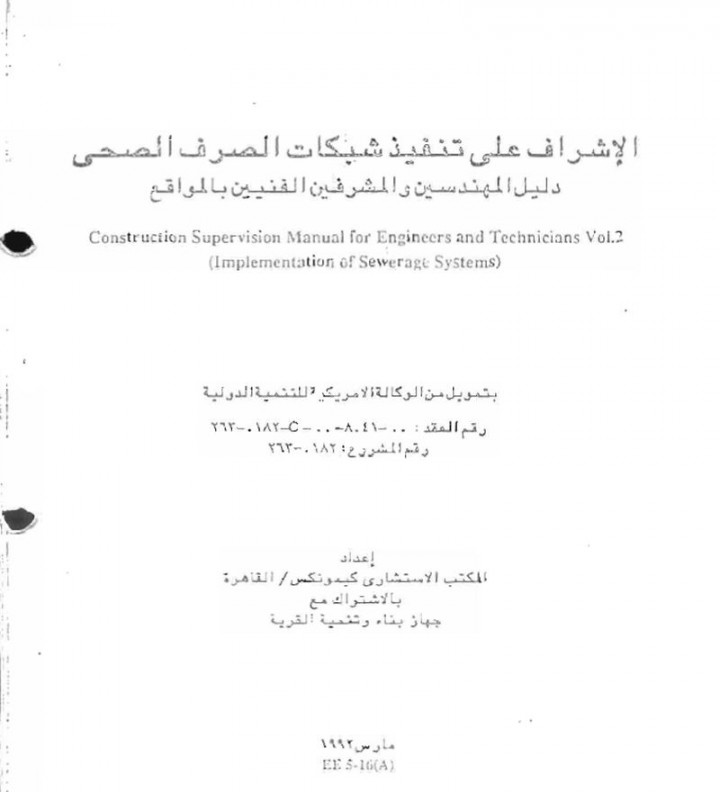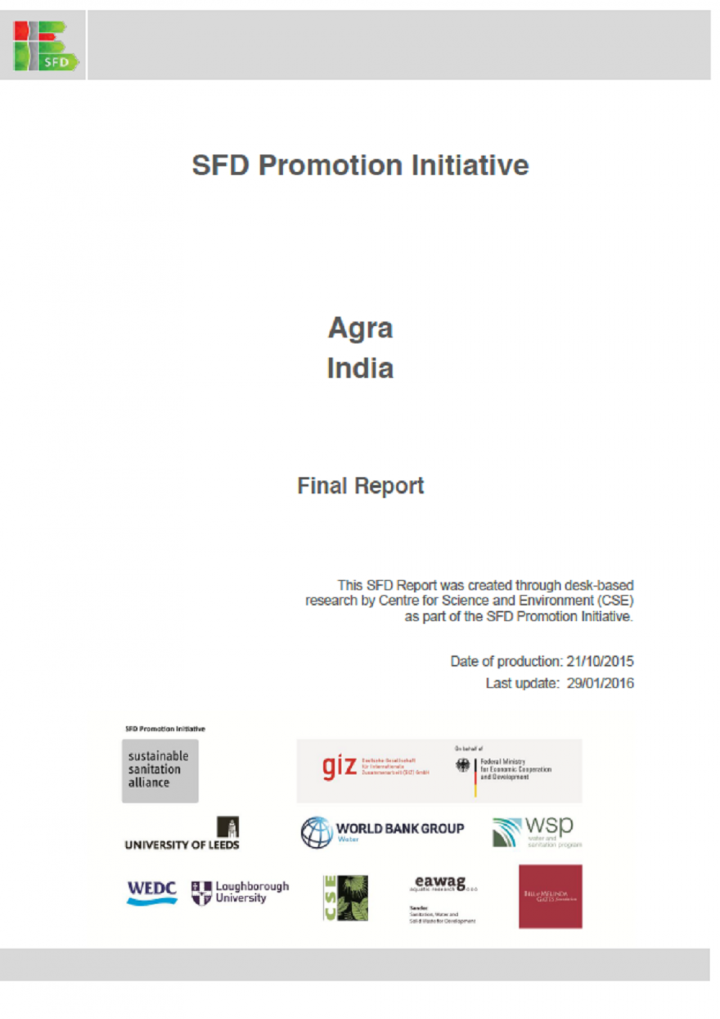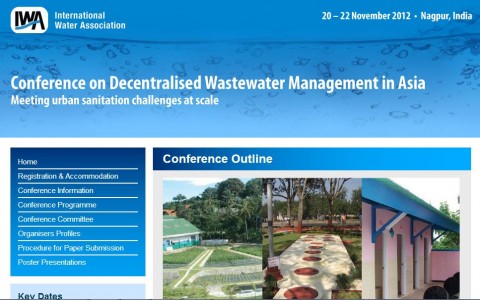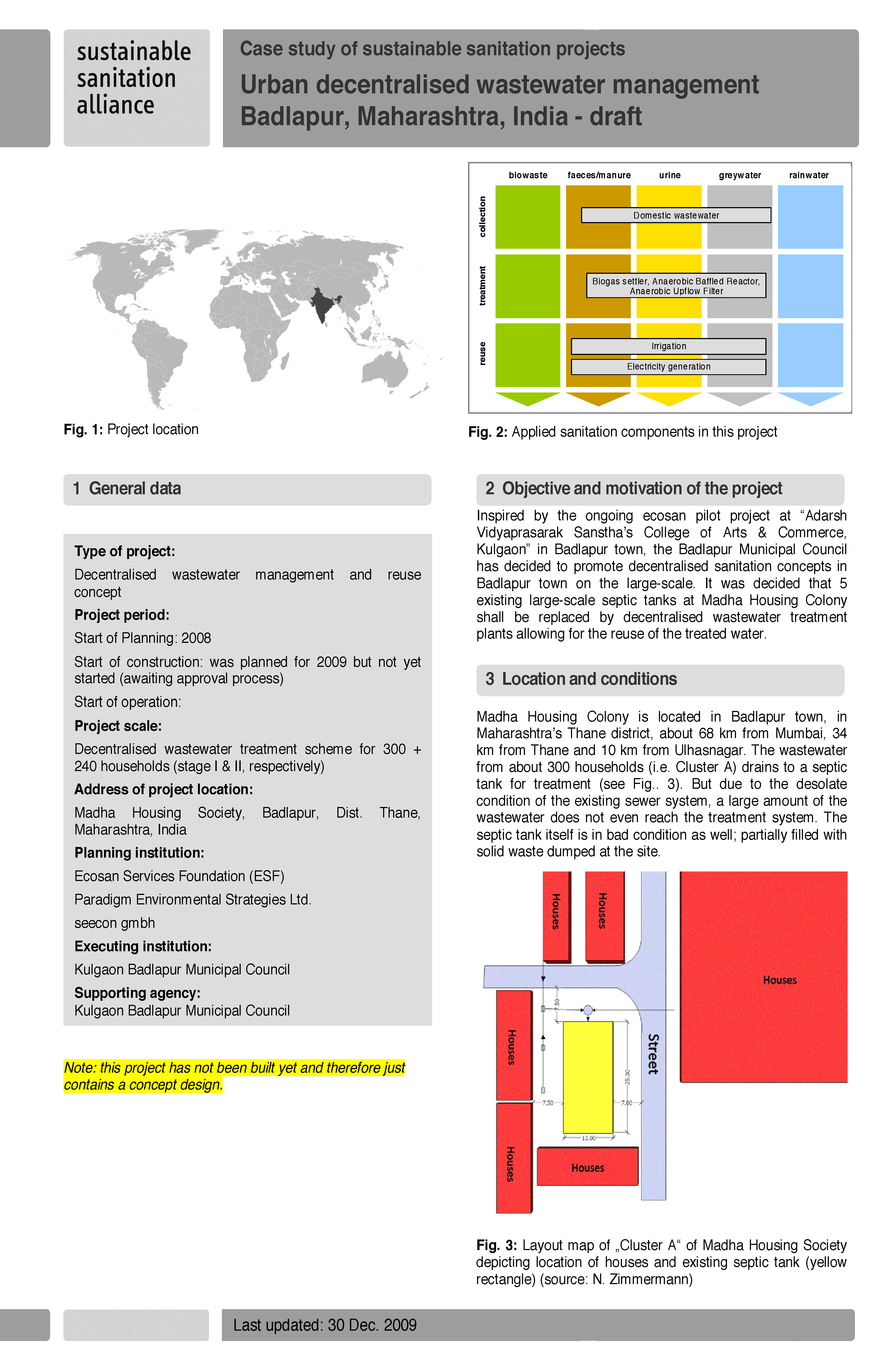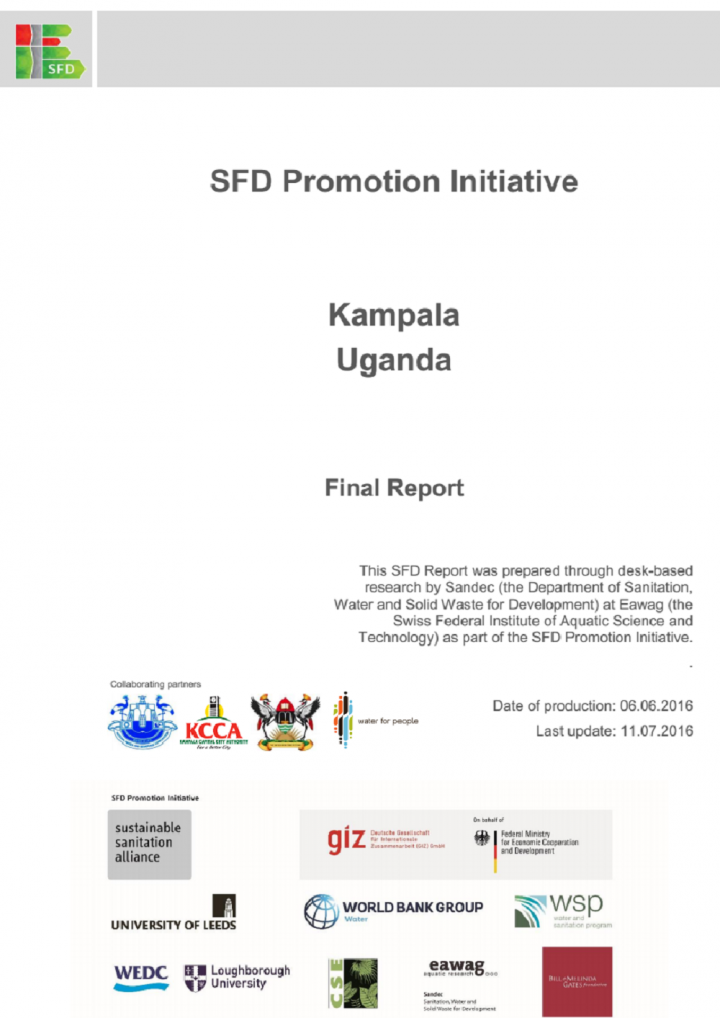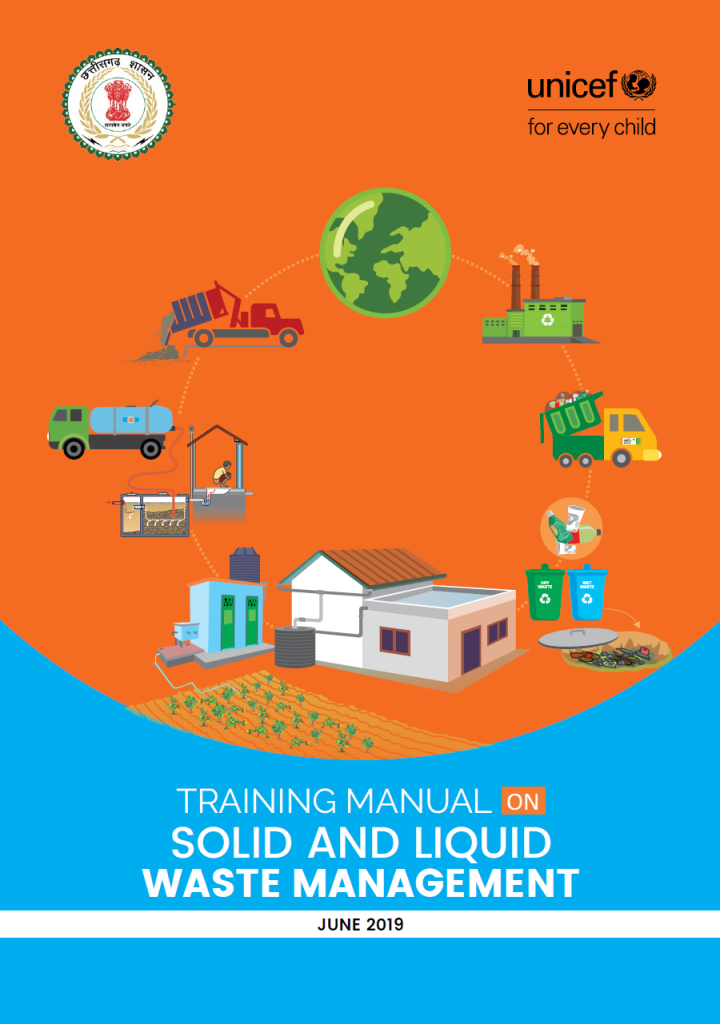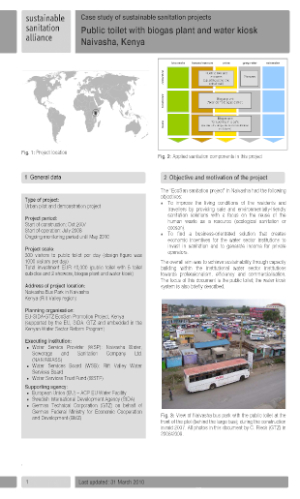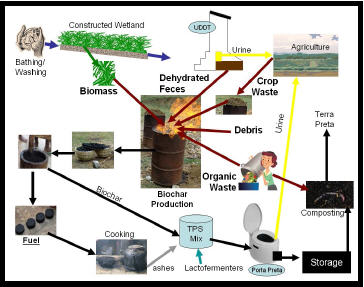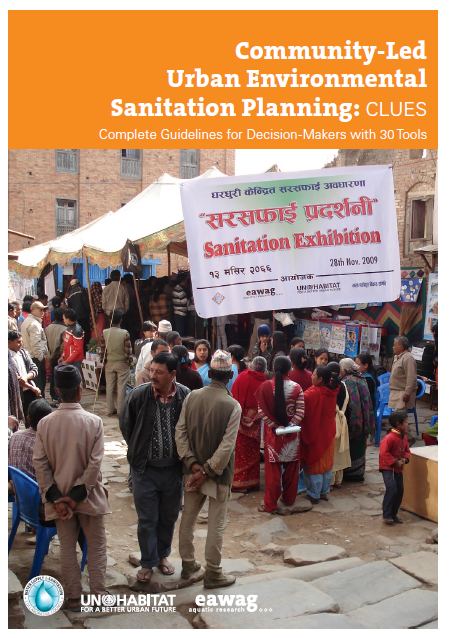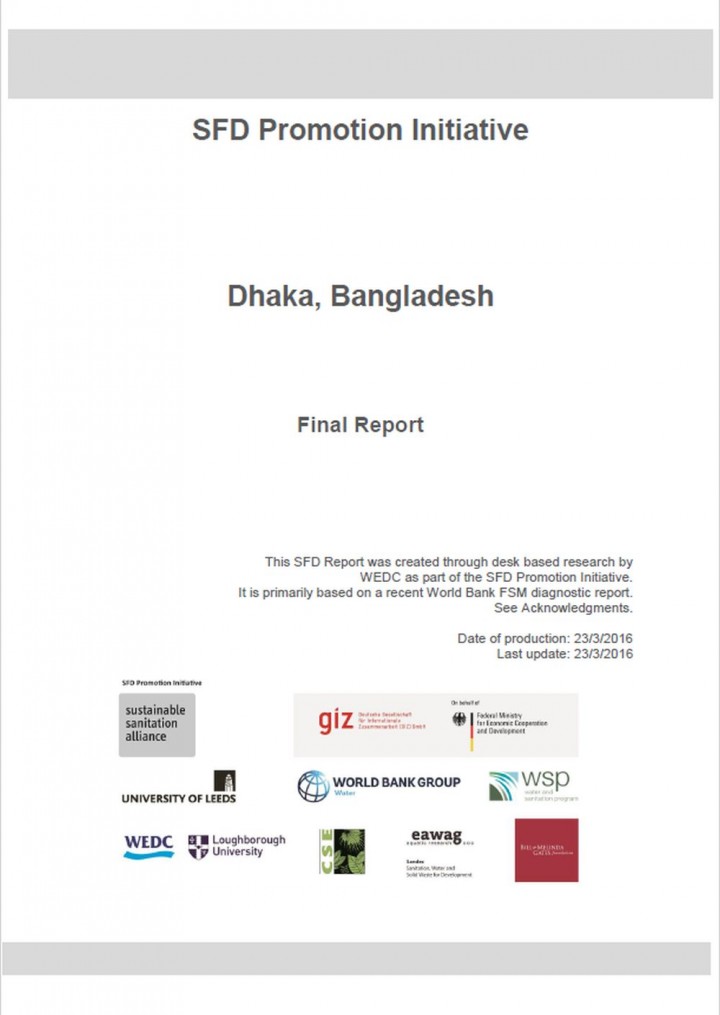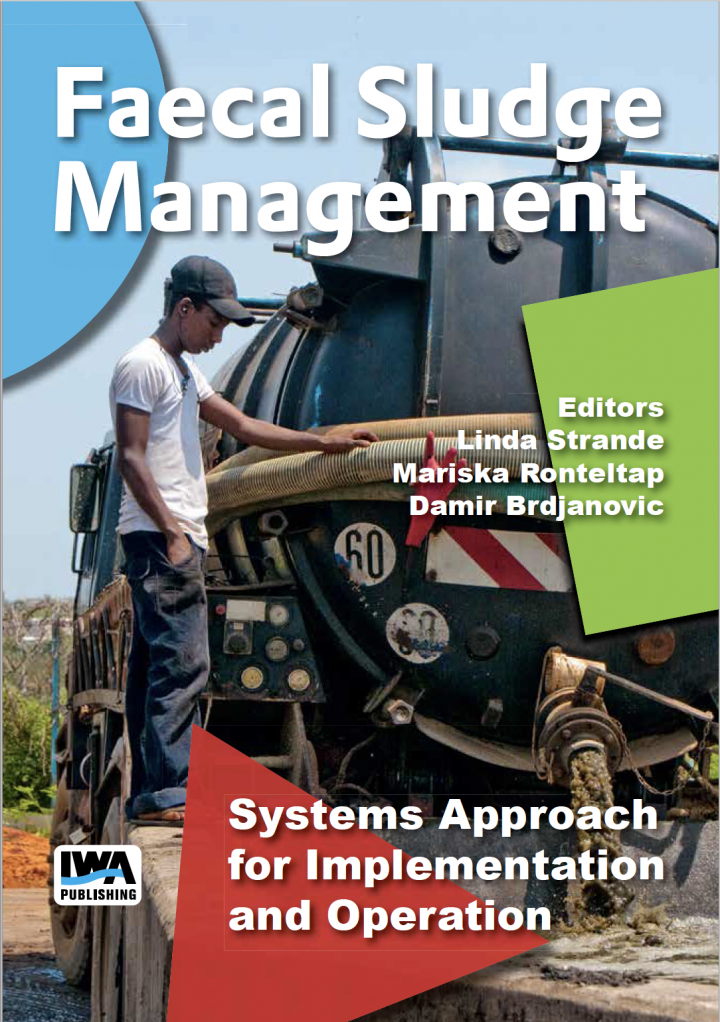Searching for information on Sanitation Workers?
The Sanitation Workers Knowledge + Learning Hub is the best source for all current news, trends, articles and updates on sanitation workers rights around the world.
Agra, the former capital of India is a city on the banks of the river Yamuna in the state of Uttar Pradesh, India. There is sewerage network which covers half of the population. Rest of the city is majorly dependent on septic tanks which are generally not adhering to design prescribed by Bureau of Indian Standards (BIS).
Date of production: 21/10/2015
Last update: 29/01/2016
Delhi is the capital of India. It is officially known as the National Capital Territory (NCT) of Delhi. The population of NCT of Delhi as per the Census 2011 is 16,787,941. The density of city is 11,320 persons per sq.km. Total slum population is 1,785,390 which is 10.6% of the total population (Census of India, 2011). The floating population is around …
Kampala is the capital and most populated city in Uganda, with a population of 1,507,080. The total area of the city is 178 km². In line with rapid urbanization, approximately 60% of city residents live in informal low-income settlements (“slums”). To account for the large number of daily commuters into Kampala, the assessment is based on a total population of …
After achieving the target of universal coverage of individual household toilet, Swachh Bharat Mission Gramin is working towards addressing the menace of solid and liquid waste management (SLWM) to ensure clean and healthy villages.
Government of Chhattisgarh has taken a sustainable approach to address solid and liquid waste in the state. SBM-G has adopted decentralized processes for waste …
This evidence paper looks at 10 areas identified collaboratively with the United Nations Children’s Fund (UNICEF) on which WASH can plausibly have a strong impact: diarrhoea, nutrition, complementary food hygiene, female psychosocial stress, violence, maternal and newborn health, menstrual hygiene management, school attendance, oral vaccine performance, and neglected tropical diseases.
Appropriate and adequate sanitation solutions are crucial for the protection of human health in emergencies. In recent years there has been an increasing number of sanitation innovations, appropriate for a variety of humanitarian contexts and a stronger sector focus on the entire sanitation service chain (from the toilet via collection and conveyance to the final treatment and safe disposal …
Dhaka, the capital of Bangladesh, is one of world's most populated cities. ‘Dhaka City’ is defined in this report as the areas under the jurisdiction of the two Dhaka City Corporations. They cover an approximate area of 120 sq. km and house a population of 6.8 million people. The number of open defecators is low (less than 1%), but a majority of the city’s excreta is discharged into the …
Over a billion people in urban and peri-urban areas of Africa, Asia, and Latin America are served by onsite sanitation technologies. Until now, the management of faecal sludge resulting from these onsite technologies has been grossly neglected. Financial resources are often lacking, and onsite sanitation systems tend to be regarded as temporary solutions until sewer-based systems can be …
Few areas of investment today have as much to offer the global shift towards sustainable development as sanitation and wastewater management.1 Gaps in access to decent, functioning sanitation are clear markers of inequality and disadvantage. Unsafe management of excreta and wastewater expose populations to disease,
and degrade ecosystems and the services they provide. At the same time, there is …
The addition of a vent pipe to a simple pit latrine is one way of reducing the nuisance of flies in the cubicle if the cubicle is kept clean and dark. This type of latrine is called a ventilated improved pit (VIP) latrine. VIP latrines effectively control odour and flies while still allowing users to clean themselves with hard materials such as newspaper and leaves which may not suitable for use …



